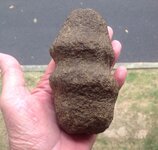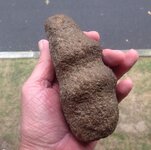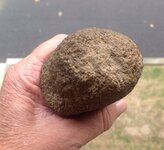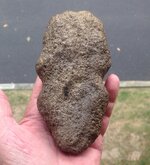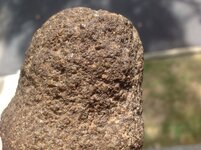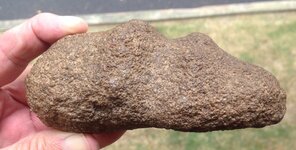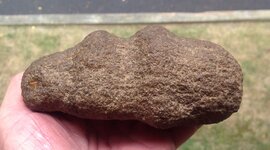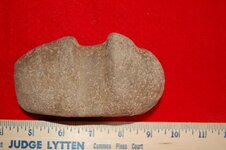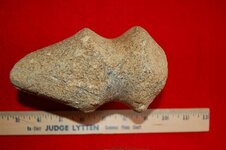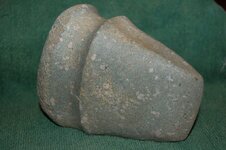Charl
Silver Member
With the recent hammer threads in mind. Purchased at a hobby shop in late 50's. The shop was a major supplier of southern New England relics to what would become the Haffenreffer Museum of Anthropology at Brown University. Bought local points there at times as well, and this probably isn't out of place in Ma. or RI, but can't be 100% certain this is local, so if you recognize this as something from a different region, let me know. At any rate, a decent grooved hammer with usage wear and nice style.
Attachments
Last edited:
Upvote
0


